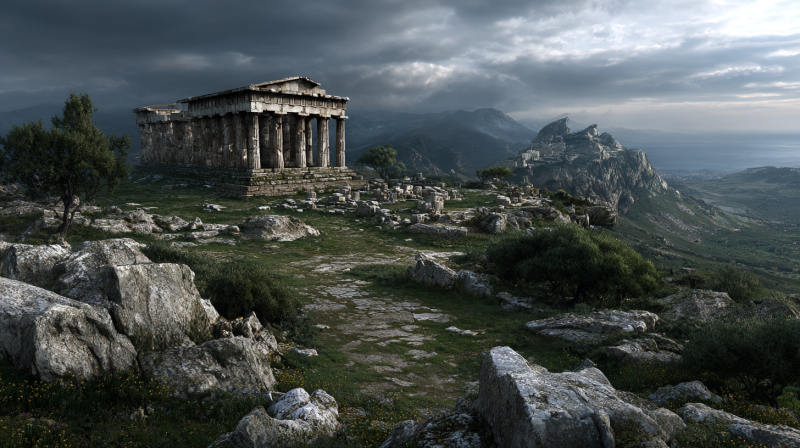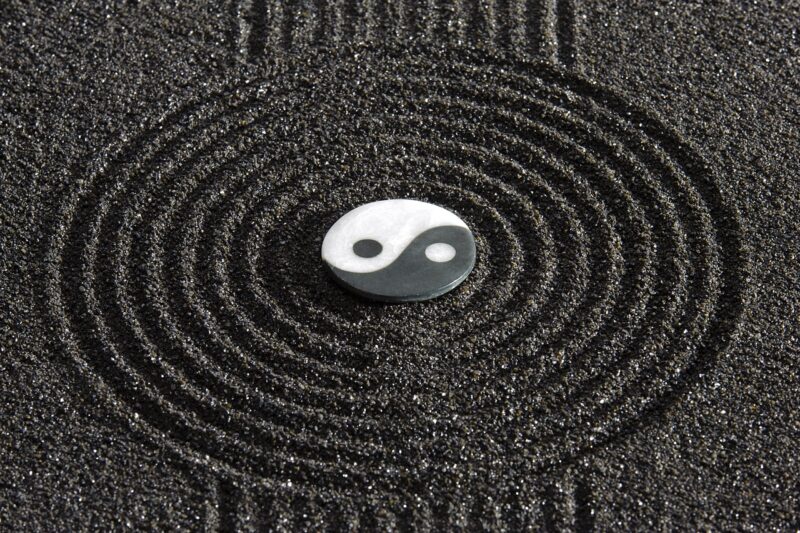Everyone seems to be aiming for a spiritual awakening. It seems like people have been looking for spiritual unity and enlightenment since the beginning of time. Around the world, several groups of people perform various old rites. Indigenous cultures that are still around today give us a glimpse of how early humans tried to learn more about the world and its spirits.
Regrettably, rituals are regarded as archaic and unwelcome in modern society. As illogical, superstitious, and primitive conduct, it is dismissed. The Church has made it clear that it does not agree with these practices. It calls them pagan and condemns them. Through these ceremonies, people learn about and progress on their spiritual awakening path.
There were mystery schools in antiquity that were devoted to unraveling and examining life’s mysteries, thereby touching on some aspects of spirituality. In Egypt, Tibet, and Persia, these schools were thriving.
Ancient Egyptians would tone unique chants and sounds at midnight in places like the sacred man-made lake and the hidden chamber beneath the Great Sphinx, among other places. The chants and sounds activate a part of the brain that is electrically and energetically stimulated. Your ESP abilities and psychic gifts may be released as a result. More psychic and spiritual abilities will become available to the person once they are unlocked. Intuition, inventiveness, clairvoyance, and empathic skills are examples of gifts.
Also, in ancient Egypt, the end of the year was a time for accounting, thinking about the past year, and gaining spiritual insight. Ushet Rekhat, also called “Mother Worship,” starts with a meditation ritual that helps the follower understand and love the practice more. Additionally, meditation would bring health and wisdom to people who practiced it together.
Homa is an old fire ceremony that is done in India to help with love, romance, giving birth, and even getting rid of bad karma or unlucky parts of a person’s horoscope.
Tantra is a spiritual expression and advancement tool used in the Buddhist and Hindu religions. Tantra is a ritual that upholds the spiritual core and is not really a tradition. The term “tantra” itself implies “web” and “enlightenment.” This has been utilized to progress spiritually and achieve enlightenment since ancient India. Tantra has developed into a popular sexual and spiritual practice today. Unfortunately, the ritual that was once a way to awaken is now distributed across pornography and prostitution and utilized for sexual depravity.
Ancient Iran also had a distinct perspective on enlightenment and spiritual awakening. It’s crucial to gain spiritual purity and, eventually, soul immortality in order to experience awakening. Realizing God also requires having a strong spiritual foundation.
Intriguingly, the creation of Thangka paintings in Tibet is said to promote the growth of attitudes such as tranquility, patience, perseverance, focus, self-development, and spiritual enlightenment. Paintings found on thangkas are comparable to pata chitra, a style of art that was well-known in India as early as the first century. Even now, many continue to use the old customs.
No matter if these rituals are still valid and used today or not, most of the native tribes that started them are still doing them. The person seeking spiritual awakening can also achieve it by not only participating in various ceremonies in various locations.





